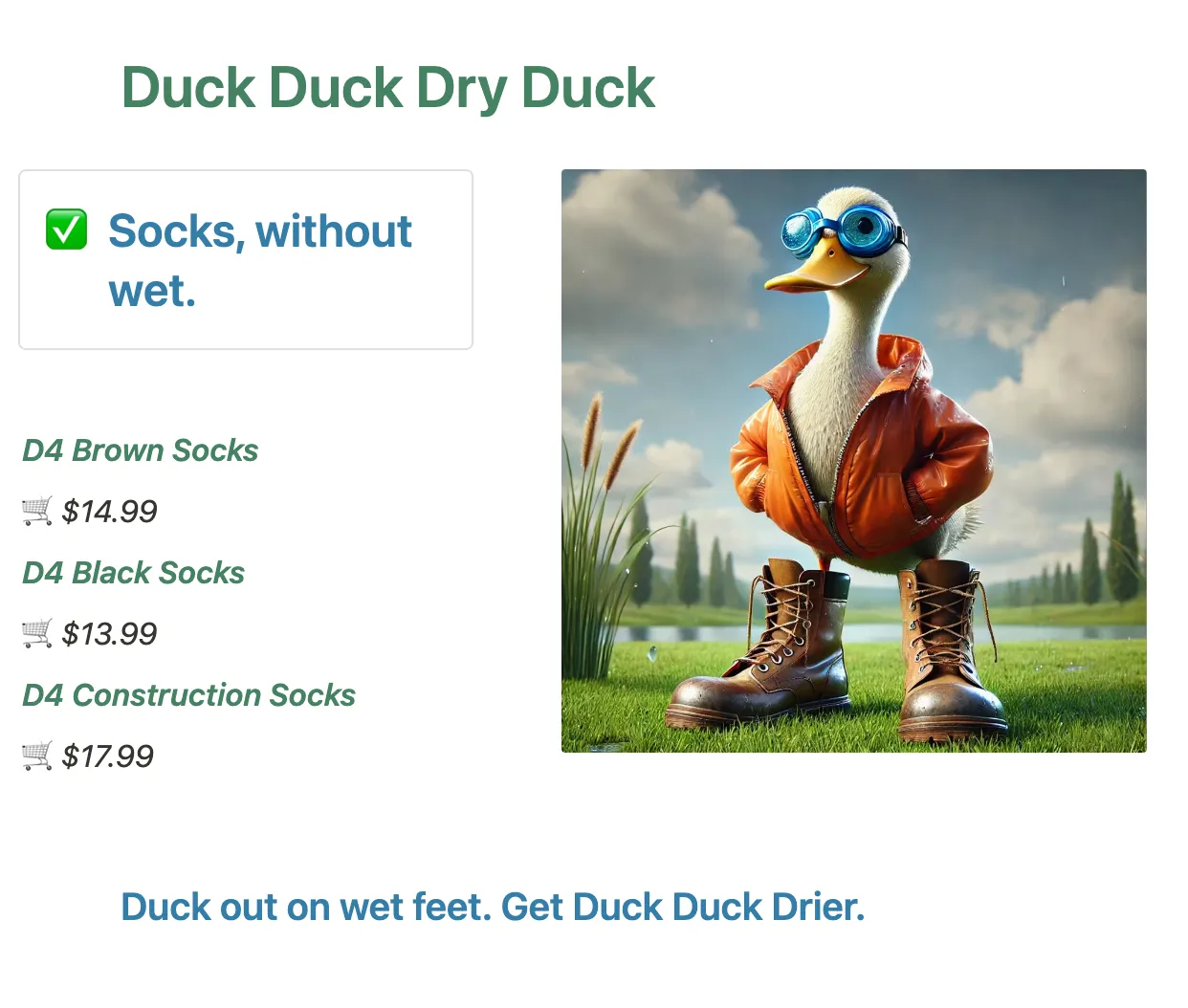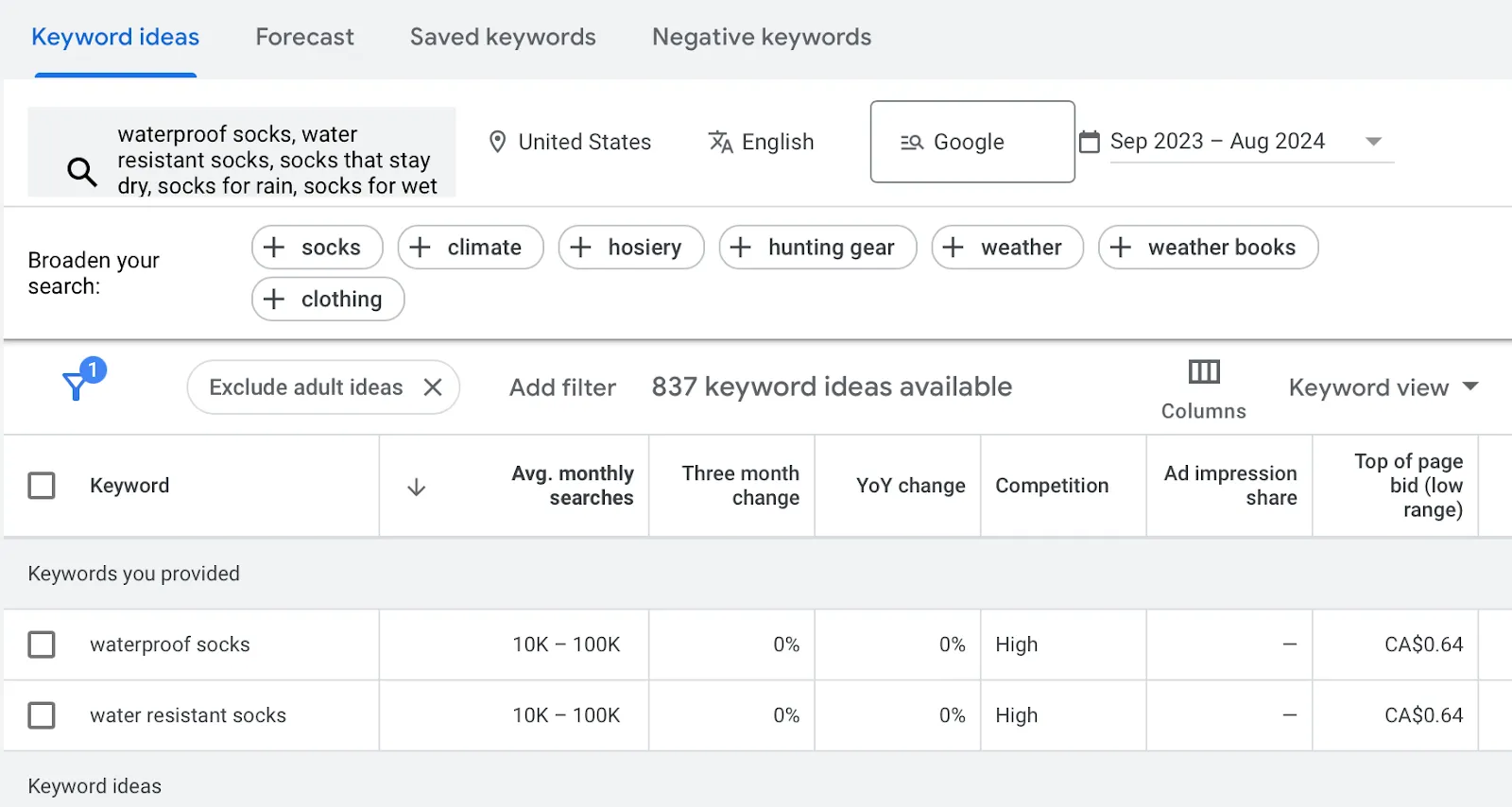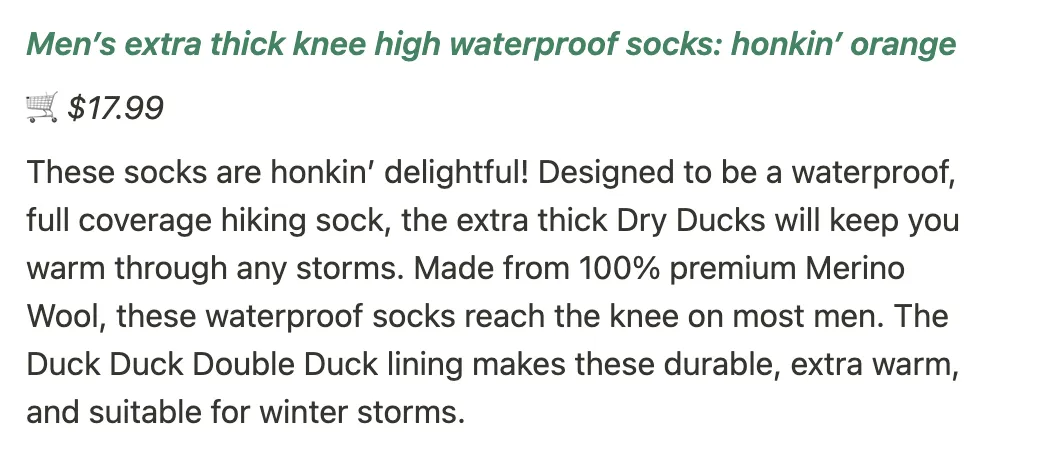The Ultimate Ecommerce SEO Guide: How to Grow Your Brand Organically

How can ecommerce businesses generate more web traffic? Designing marketing campaigns, running ads, or listing sponsored items on high-traffic sites like Amazon can all bring in views. However, while paid marketing strategies can help business owners generate clicks, using only paid marketing isn’t always cost-effective for a new or growing ecommerce brand. Search engine optimization is an alternative (or complementary) option to bring customers into the store, typically at a lower cost.
What is SEO?
Search engine optimization, or SEO, is a set of best practices used by many ecommerce brands to improve ranking and visibility on the search engine results page (SERP). Today, SERPs are more of a “feed” than a list, showing potential customers <10 results which are often a mix of snippets, images, or video. These results appear below paid advertisements, and the top 3 search results receive more than two thirds of clicks.
Google’s users make more than 5.9 billion searches per minute. Ecommerce brands looking to capture some of this traffic need to understand SEO best practices in order to set up the website for organic viewers and sales. By “telling” Google what the website is about (using clear copy and responsive design), Google uses its tools to help interested users reach the page.
Managing SEO for an ecommerce brand doesn’t need to be complex or highly structured. It can be as simple as making the website easy to navigate (for example, using breadcrumbs to allow the user to move from ‘home’ to ‘men’s department’ to ‘men’s socks’ and back), or changing the language in website headers, copy, or product description to better match the audience and their intent – why the user decided to search.
SEO Basics for Ecommerce: Know Your Audience
Users can use search engines for a variety of reasons: to navigate to a specific website (navigational), to get more information on a topic (informational), or because they’re looking to buy (commercial). An ecommerce website’s content should cater to a mix of keywords that speak to these reasons, using both informational and commercial terms. Take, for example, an imaginary brand called Duck Duck Dry Duck (or “D4” for short). D4 sells water resistant socks to hikers, travelers, and people who work outdoors. Right now, D4 is having trouble generating traffic with the current website, which looks like this:

When the potential customer uses a search engine like Google to get information about water resistant socks, they look up phrases ranging from “waterproof socks” to “socks that don’t get wet” “stay dry socks” or even “socks for sweaty feet.” To get a better idea how many customers use these searches, the D4 marketing team goes to the Keyword Planner available from Google Ads.
Choosing the Right Keywords
Google’s Keyword Planner is free with a Google Ads account. Another free SEO tool is ahrefs, and more comprehensive insights are available from paid tools like Semrush. In general, brands should look at 4 factors when deciding on a keyword to target:
- How many users use the search term (search volume)
- Competition for the search term
- Relevance to the website
- The intent of the search (information, navigation, etc)
In the recent webinar Clearco did with EmberTribe, EmberTribe’s CEO suggests marketers “give readers what they want, so you can show them what they need.” It isn’t too far of a stretch to imagine the intention of someone searching for stay-dry footwear – they want to have dry feet, and their current socks aren’t cutting it! The Google user searching “waterproof socks” wants to buy, not find out how socks are made.
Using Google’s Keyword Planner, the D4 team excludes search terms that aren’t relevant and finds that “waterproof socks” and “water resistant socks” are the highest ranking search terms in the US.

High competition for both of these terms isn’t surprising, since both are “bottom of funnel” – the customer looking for “water resistant socks” is looking to buy. They’re probably looking to buy some soon! What ecommerce sock brand wouldn’t want to be in this slot?
Unless the website’s domain authority is high, though (think: Wikipedia, Amazon, or Reddit), or its investing in paid ads, the Duck Duck Dry Duck example above wouldn’t land on the first page of SERPS, even with technically optimized SEO. Instead, the brand might need to opt for lower volume search terms to describe the product, like “waterproof hiking socks for men” and “knee high waterproof socks.”
High volume and low competition is ideal when targeting a keyword, since it will be easier to rank for that keyword. In the example above, the D4 marketing team also decides to change the product listings to be more descriptive, and eliminates “D4”, which could be everything from the video game Diablo 4 to adding a new “Division 4” to college sports. Changing the product description helps eliminate users with the wrong intent (and avoid bounces). Instead of D4, the brand team decided to name its product colors with waterfowl to give the search term some style and highlight the brand.

The marketing team also adds a product page for each type of sock, which helps fill out the content and tells Google more about what the site does. It also serves to keep the reader engaged and on the page.

Finally, the D4 marketing team decides to optimize the images to load more quickly, and make sure the website’s sitemap is added to Google Search Console.
Now the Duck Duck Dry Duck site has had some basic SEO upgrades, it’s time to bring in more customers! To compete on some of these more competitive terms, the team will need to boost the amount of content the website holds. This is typically done through a content strategy.
Creating Content
Imagine if the D4 sock brand was sold in hotel gift shops and airports, right beside the most popular “wet weather” hiking trails. These new brick and mortar stores are so well-located that the location alone provides a steady stream of customers walking past. When the marketing team wants to boost sales they put an ad out or run a promotion, but most of the time, this partnership and its physical location does the work.
In this analogy, content (blogs) are the “foot traffic” to the store. By publishing more content about issues relevant to the target demographic, the ecommerce brand will appear more frequently in user’s SERPs. Content not only helps ecommerce brands rank, it also provides an advertising strategy that is always working to bring in potential customers.
The SEO content strategy not only helps to fill out the word count of the site, keep users engaged, and bring in traffic, it can also be a crucial connection between the target audience and the ecommerce brand. This is why content marketing is so helpful to build an audience, lower marketing costs, or attract more interested users. Keyword research can help, but it doesn’t always speak to the target audience the way an engaged founder or marketing team can.
To round out the example described here, say the Duck Duck Dry Duck marketing team decides to launch a blog campaign around the brand. Blogs might include:
- How to dress for hiking: First timer tips and expert life hacks
- To layer or not to layer? What science can tell us about staying warm and dry outdoors
- Biking in Seattle, Washington: The 10 best trails for duck sightings
D4 also decides to partner with hiking organizations in the USA, local outdoors clubs, adventure tours, and even summer camps! The Duck Duck Dry Duck website is linked out from blogs written by these partners, which also helps build the brand. Content is a great way to bring an audience to the website, meet customers, and show off the “why” behind the brand.
Although the option is always there to add an active social media presence, paid advertising spend, or marketing push, SEO is an ecommerce marketing powerhouse that can bring in users organically and help grow ecommerce brands – making it a must-have strategy for businesses of all kinds.


.png)

